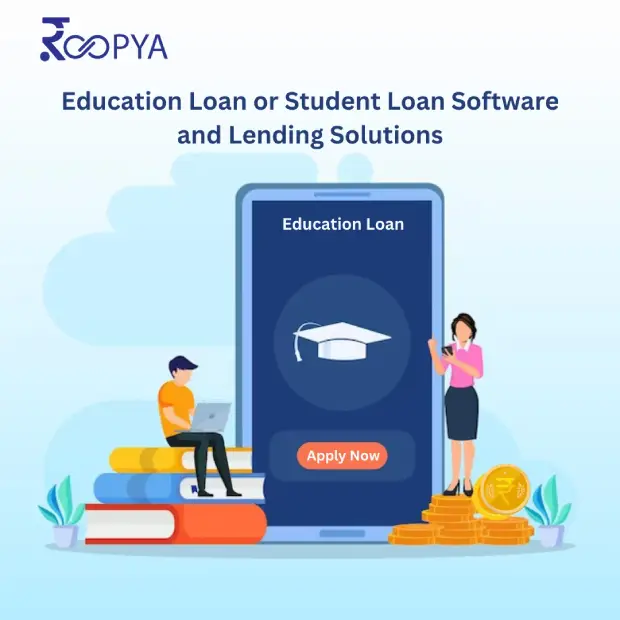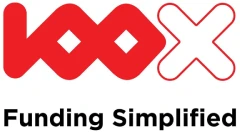Analytics can significantly enhance how lenders approach, manage, and offer education loans, providing a more tailored, risk-managed, and efficient service. By leveraging large datasets and sophisticated analytical techniques, lenders can specifically improve the education loan process in several key areas:
1. Risk Assessment and Credit Scoring
- Predictive Modelling: Use historical data on loan repayments and defaults to build predictive models that assess the risk of new loan applications. These models can factor in the applicant’s academic background, institution reputation, course of study, and employment prospects in their field, enabling a more nuanced risk assessment than traditional credit scoring.
- Behavioural Analytics: Analyse applicants’ financial behaviour, including savings patterns, spending habits, and financial obligations, to predict their ability to manage and repay the loan.
2. Customized Loan Offers
- Personalized Interest Rates: Use analytics to determine personalized interest rates based on the borrower’s risk profile, potential earning power post-graduation, and the chosen field of study. This approach can make education loans more accessible and attractive to students with high potential.
- Dynamic Repayment Schedules: Develop flexible repayment plans based on predictive models of the borrower’s future income, considering factors like the course of study, institution prestige, and job market trends in the relevant field.
3. Fraud Detection
- Advanced Monitoring: Implement algorithms to monitor transactions and interactions for patterns indicative of fraud. This is particularly important in education loans, where documentation and claims regarding admission, scholarships, and academic progress must be verified.
4. Portfolio Management
- Risk Segmentation: Segment the loan portfolio based on the risk and potential return, considering the academic performance of borrowers, the reputation of educational institutions, and employment rates in specific fields. This segmentation helps in optimizing capital allocation and setting aside appropriate provisions for bad debts.
- Performance Analysis: Use advanced analytics to track the performance of education loan products, identifying which segments are most profitable and which may require policy adjustments.
5. Market and Trend Analysis
- Demand Forecasting: Analyse trends in education, such as emerging fields of study, shifts in employment demand, and changes in tuition fees, to forecast demand for loans and tailor loan products accordingly.
- Institution and Course Evaluation: Continuously evaluate the performance and reputation of educational institutions and specific courses in terms of their graduates’ employment rates and income levels to adjust lending policies and product offerings.
6. Customer Relationship Management (CRM)
- Personalized Communication: Use analytics to customize communication and marketing strategies, targeting prospective borrowers with tailored loan products and advice based on their interests, career aspirations, and financial needs.




